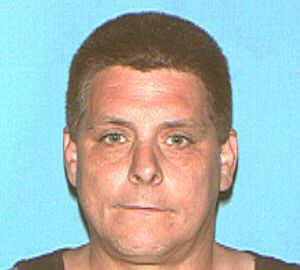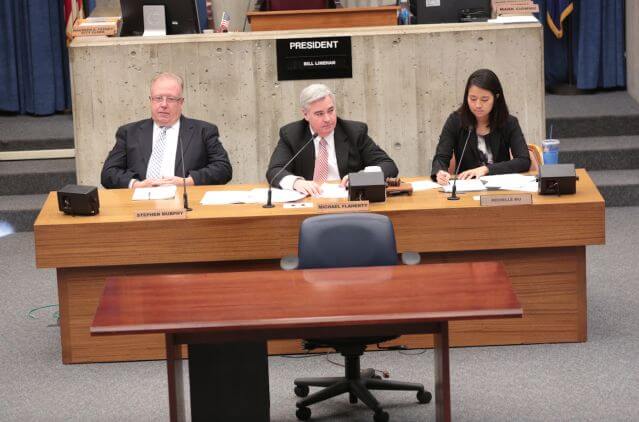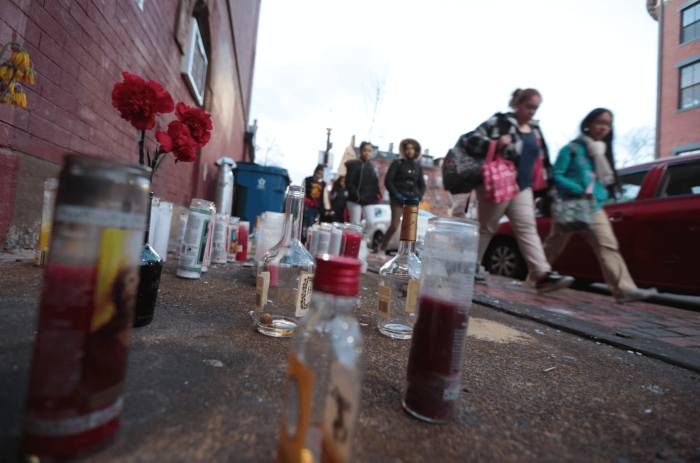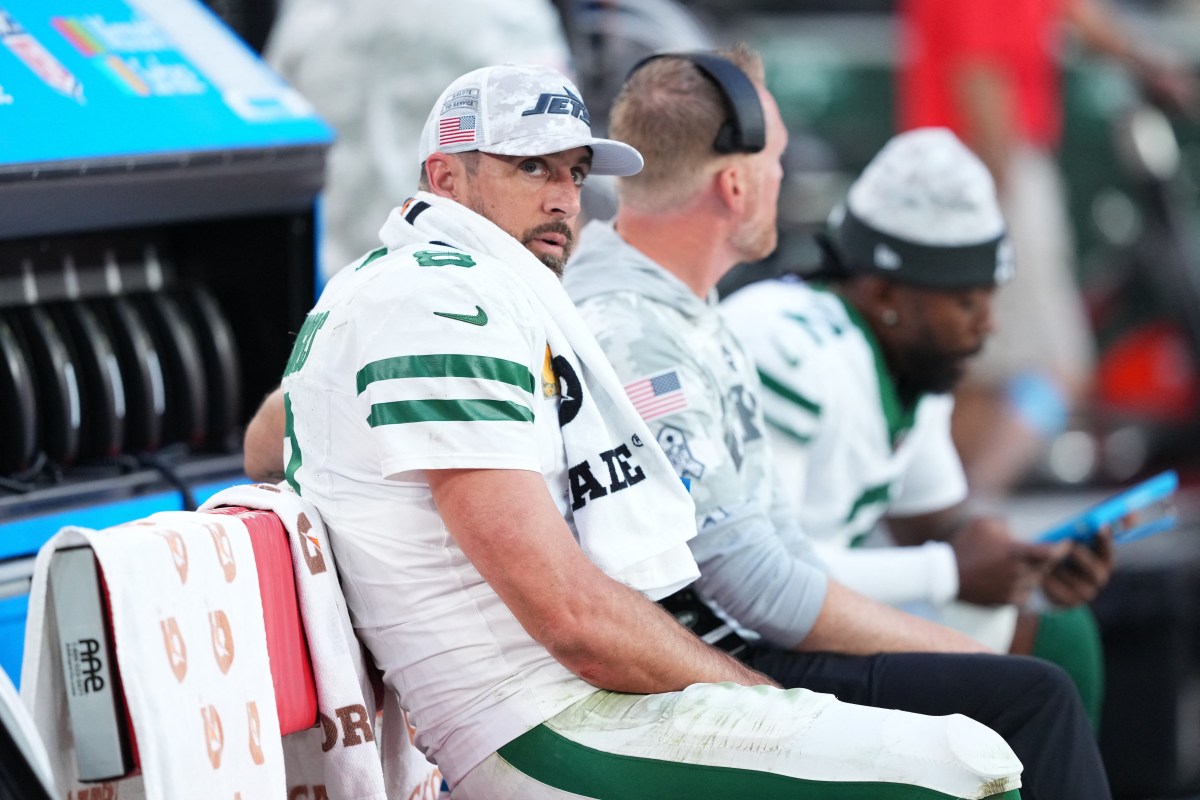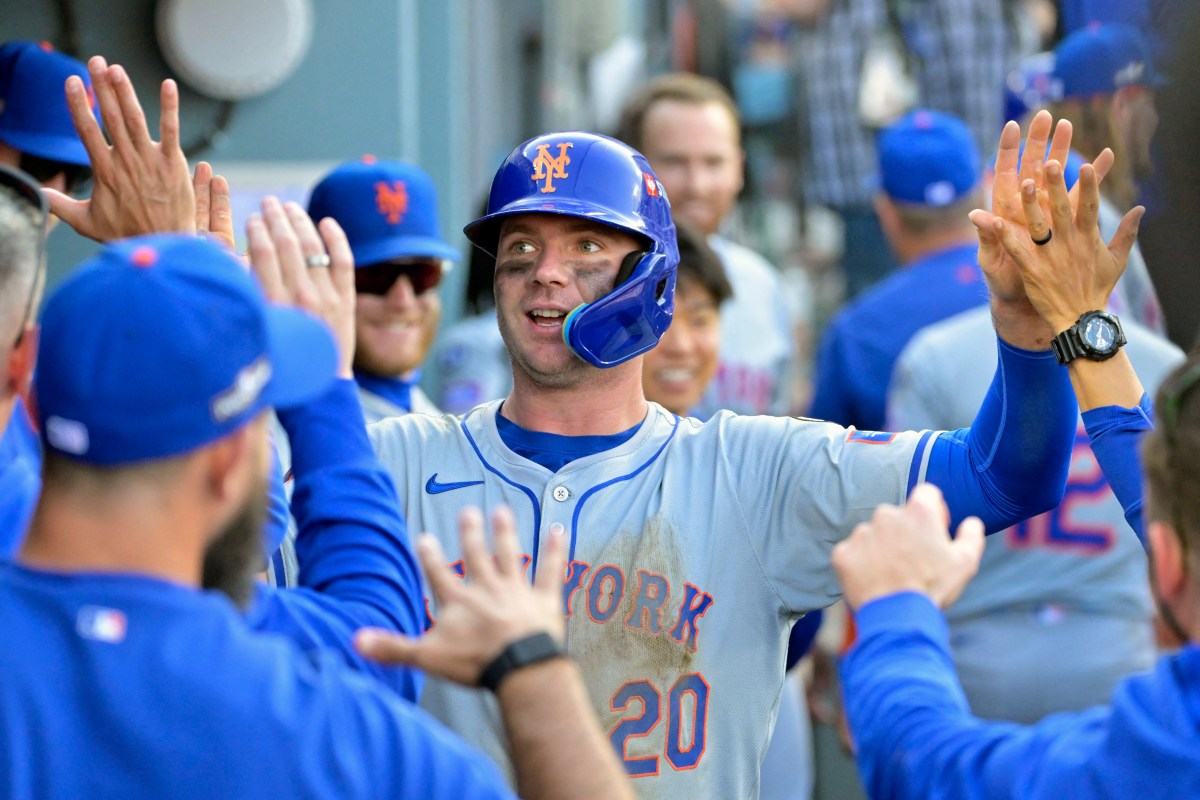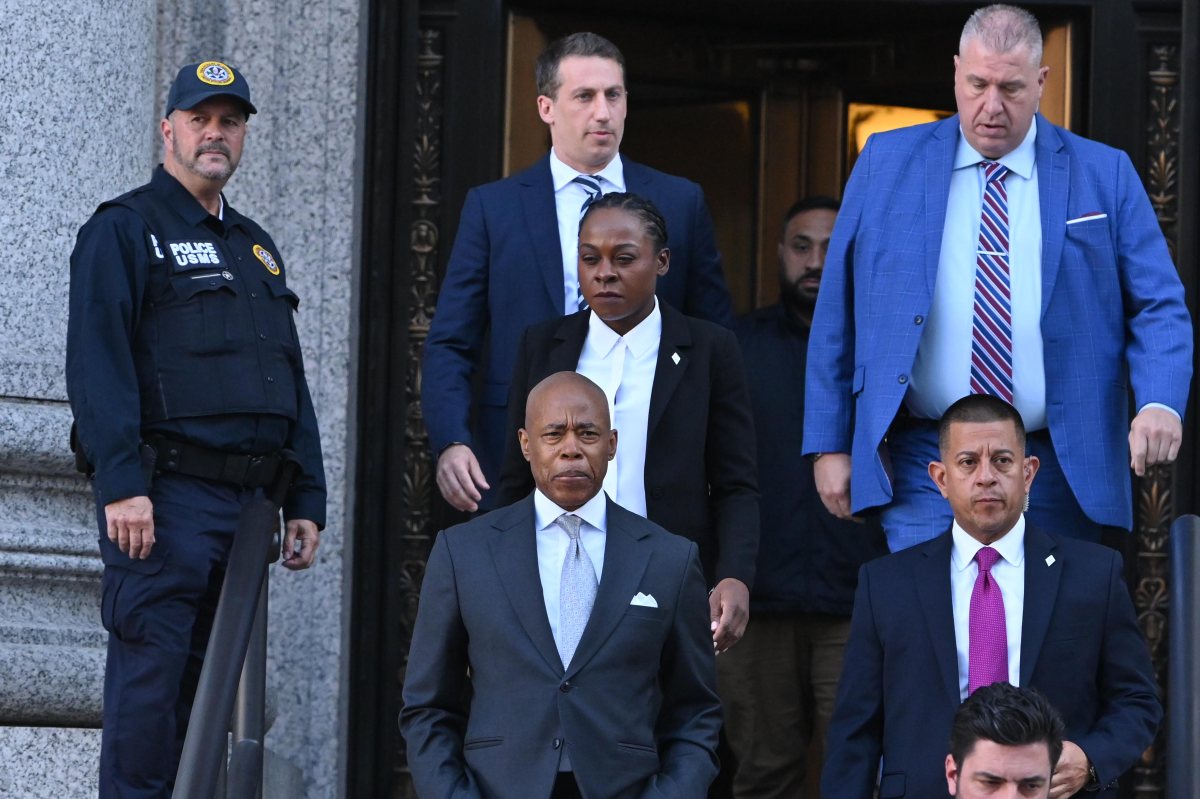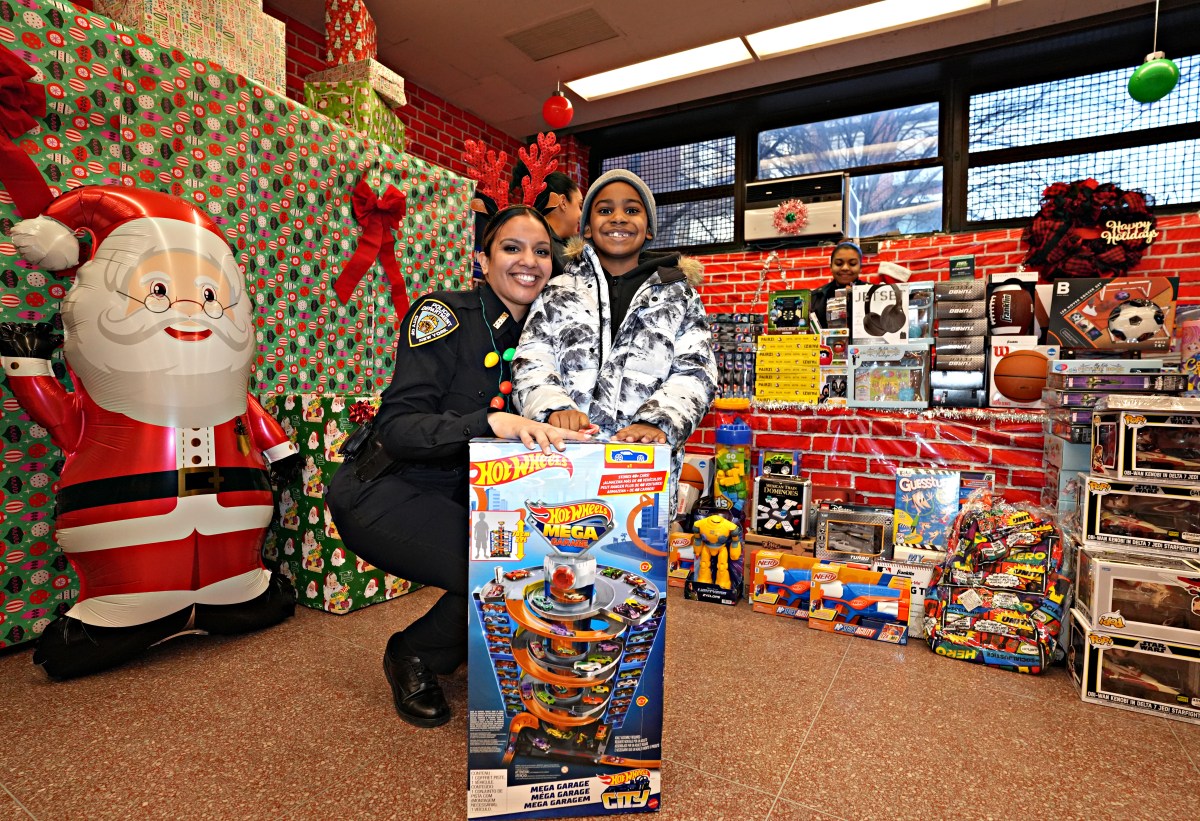Boston Harbor, thesite ofthe most famous actof revolutionarylittering in American history,was once home to a raw sewage dump. Swimming in the filth-ridden harbor, bays and the nearby tributaries was an act of bravery or an invitation to illnesses. But as society championed more environmental awareness and the introduction of theDeer Island Waste Water TreatmentPlantin 2000, the culture of the harbor changed for the better. That same year, the Boston Harbor Marine Debris Cleanup Program began combing the waters, removing more than 280 tons of floating debris since its inception. On average, crew net 10 to 12 tons of junk every summer. Neil Smith, a captain for Boston Line & Service Company for 10 years,said that garbage ends up in the harbor for a wide range of reasons from raccoons, rats and seagulls tearing into trash bags to gusts of wind catching wrappers and papers to toddlers tossing pacifiers and bottles.Trash bags are the foes of the cleanup crews, with an ever-looming threat of getting tangled in a propeller and seizing an engine.Every now and again, cleanup crews will come back with car batteries andbicycles. “When I was a kid, this harbor was wicked dirty,” Smith said. “When we were kids by the Old Colony Yatch Club, we’d wake up and there would be raw sewage floating by. Back then, you couldn’t see six or seven feet down. You can now though.” From seaweed to harbor seals, marine life have flourished ever since cleaning efforts came to the forefront. Over the last 15 years, there has been a declining number of floating debris to deal with.Smith said that efforts in education and infrastructure have made a considerable difference. “You don’t really see people throwing things off of boats,” Smith said. “Most of the time it’s either accidental or from the wind. People have far more respect for the water than they did 20 years ago. People are more aware. It used to be, you’d drive down an old dirt road and toss your garbage. You don’t see that anymore.” Most often, they net plastic bottles, cans, wrappers, Styrofoam and paper materials. From there, the junk is separated into garbage and recyclables. The cans, bottles and papers are shipped off to Save That Stuff, Inc. to be repurposed. According to their data, about 25 percent of garbage fished out of the harbor are wrappers and other material that is easily tossed out. Crews are out in the harbor about eight hours a day, five days a week. They cruise the Southie sea sides, the downtown and North End waterfront, the lower Mystic River, Charlestown Navy Yard, East Boston shoes and Chelsea Creek, scooping up any pollutants in their path and leaving clean water in their wake. Jeffery’s Cove in East Boston tends to collect the most garbage given the tides. The Boston Harbor Association praised Mayor Marty Walsh for deciding not to dump this winter’s snow into the harbor. You remember those rancid snow piles that are still hanging around the Seaport, right? Teams would be fishing out the filth, grime and refuse once the warmer weather came around. “The Mayor didn’t want that garbage in our harbors,”Boston Harbor Association PresidentVivien Li said.”He grew up in Dorchester and swam in the local beaches and knew that we would be picking it all back up in the summer.” The Debris Cleanup teams will be out in the Harbor until September.
Marine debris cleanup scoops garbage out of once filthy Boston Harbor
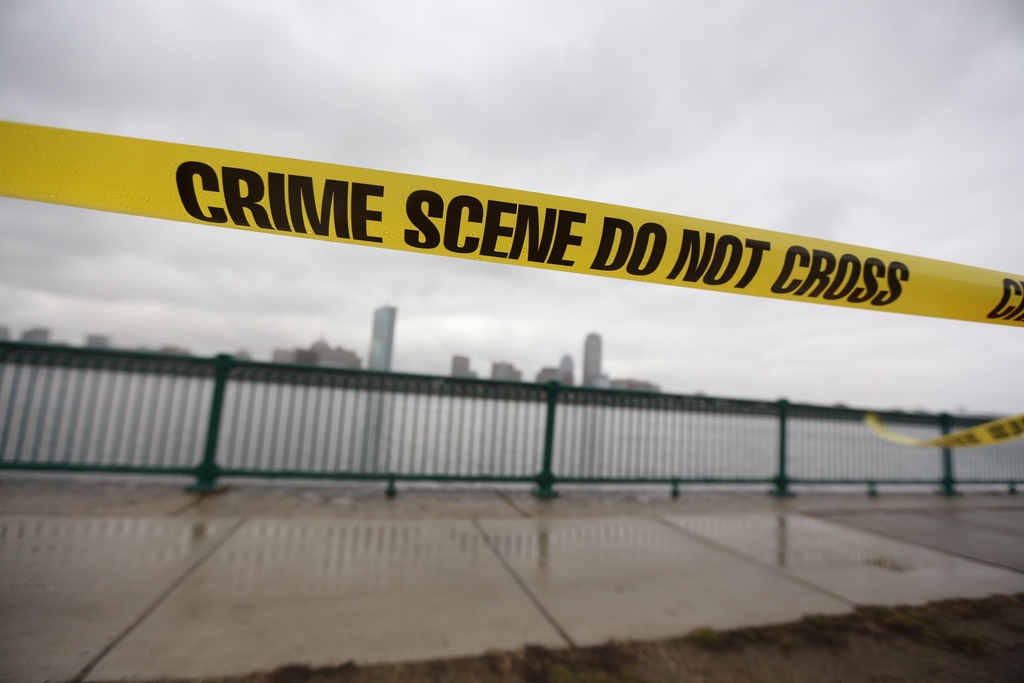
Nic Czarnecki/Metro Boston


